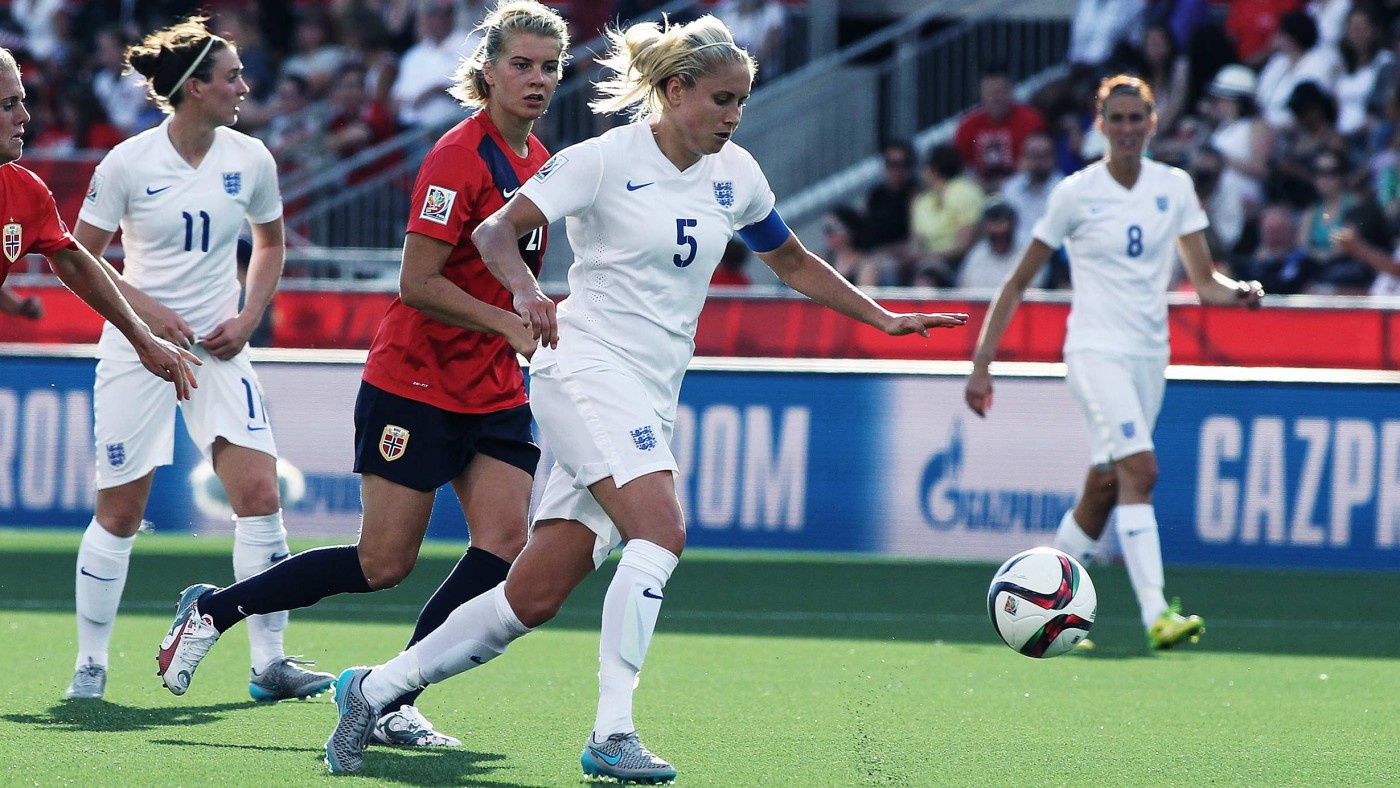CapX is primarily a site for economics, not for sport. And anyone familiar with my own writing will be aware that I am hardly an expert, getting most of my information from glancing at the back pages of someone else’s Evening Standard on the tube on the way home. (Theorising about David Beckham accidentally becoming Prime Minister is about the closest I’ve come.) That said, while Greece totters on the edge of the abyss (again) and world leaders strategise about how to confront the latest terror threats, there’s another story hitting all the front pages: can England make it?
The women who beat Canada on Saturday night are now the third ever English team to make it to a World Cup semi-final, after 1990 and, of course, 1966. They are joined by the US, Germany and Japan – no, it’s not a G7 meeting, even if it is being held in Canada, though it’s interesting that these four nations (amalgamating England and the UK, just for a moment) all rank in the top five biggest countries in terms of GDP. And by ‘interesting’, I mean the kind of thing that comes to mind when you’re used to writing about international economics rather than football. Other things these four semi-finalists have in common are large manufacturing sectors, investment in high-speed rail, and the fact that they have all elected centre-right governments in recent years (if you count the 2014 US midterms) – all crucial for footballing success, obviously.
These are the sorts of topics you would normally expect to see covered on CapX, and as I am in no position to offer any predictions concerning England’s actual chances, how about some economic insight into the women’s team? England’s captain and Manchester City star Steph Houghton makes £65,000 a year. While significantly more than most other female players in the UK, many of whom are minimum wage or simply not paid at all, that’s less than what the England men’s captain Wayne Rooney makes in two days (which has to be the biggest gender pay gap in any industry). Jobs of equivalent salary to Steph’s in the UK include senior police officers and statisticians, while your tube driver as you read this on your evening commute is on £47,000, significantly more than the England stars who are making history in Canada right now are earning from their clubs.
Football isn’t about charity, as CapX writer Raiyan Azmi pointed out last week. There have been many debates about how to promote the women’s game, but it’s clear that simply throwing money at it and hoping it will become a commercial success overnight isn’t the answer. (It didn’t work for Greece, and it won’t work here.) I mention the salaries only to illustrate just how cost-effective the England women’s team has been, in terms of success. I don’t know how much the FA invests in women’s football, because the FA wouldn’t return my calls, but I do know that it was news when, in 2013, the England women celebrated a pay increase from £16,000 to £20,000 a year (equal to a security guard, or windscreen fitter). Last year, the England men’s team did not win a single game and came bottom of their group. This year’s women have done five times better on a tiny fraction of the budget.
So for CapX readers out there who have no interest in sport but like economic analysis, the England women’s team seems like pretty great investment, however they do in tomorrow’s match against Japan. And yes, I know sport is meant to be all about passion and glory and pride, rather than money, but with sport’s contribution to the English economy at over £20.3 billion, no one is pretending there isn’t a money angle to this.
I’d ask a statistician to look into this more for me, but I’d have to pay her the same as the England captain.


